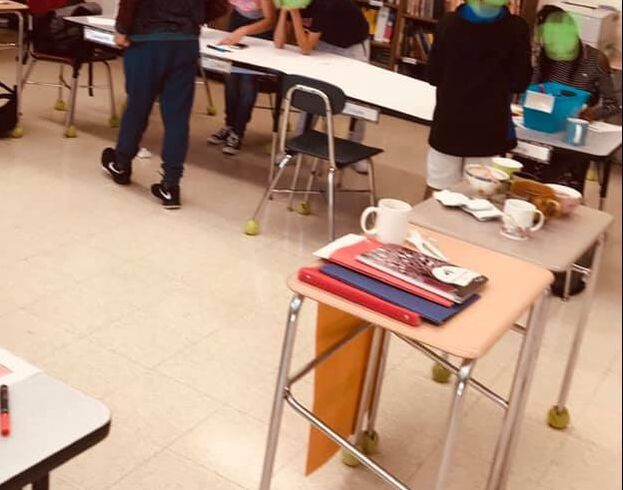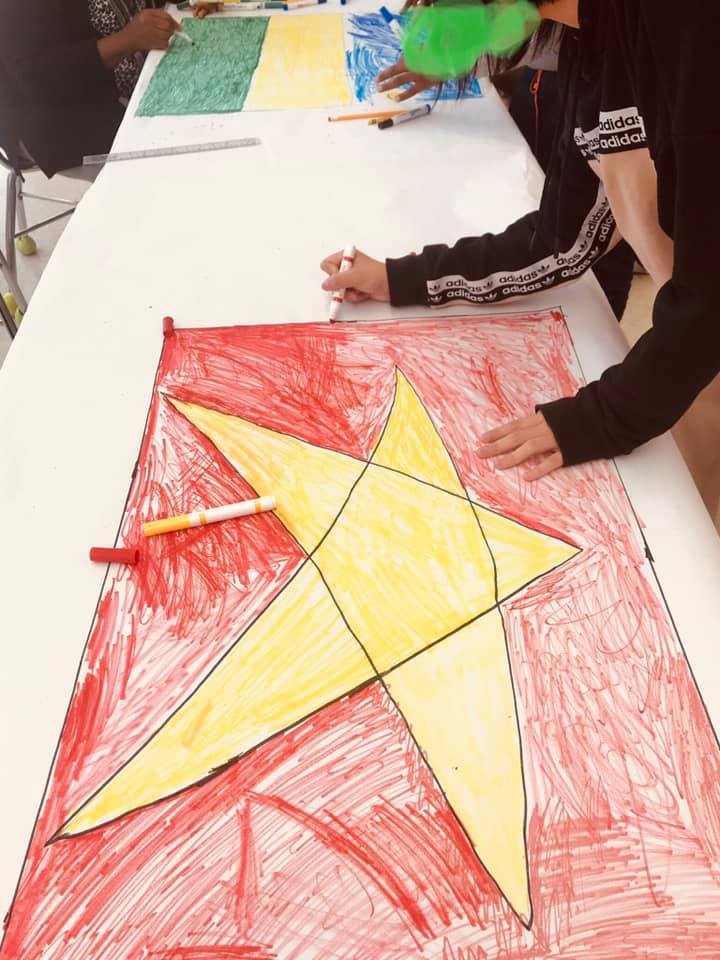|
There is nothing quite like a new school year. While it brings hope and new beginnings, it also brings chaos and exhaustion. This year the latter two seem to have headlined the beginning of this school year, and by this weekend, I was already sick for the second time this fall, this time putting me into bed for 2 full school days. While teachers are used to changes every year, it is always hard to get used to being thrown into the year with barely enough time to prepare. To add to the many challenges at my school this fall, we have a bubble of newcomers that have arrived - not a huge number, but enough to make us think about best ways to welcome and teach them.
Newcomers, or ELLs who arrive with very little English, come with special challenges. Some of these are SLIFE - Students with Limited or Interrupted Formal Education. They are 2 or more years behind their U.S. peers in literacy and numeracy. Some of them didn't attend school regularly in their countries for safety reasons, financial reasons, or other. Some of them did attend school, but what school looked like in their country was very different from U.S. schools. Sometimes, these students are not literate in their first language, making it harder to learn English because they can't transfer knowledge from what they know to their English learning. Some of them are literate in their first language, but need a lot of reinforcing of concepts, vocabulary, and writing. And some of them have had so little schooling in their countries that they need help with learning basic studentship skills, such as holding and sharpening a pencil, sustaining attention in class, organizing binders and folders, and other classroom systems. Yet others are struggling with adjusting to how radically different American systems are from their country's ways, such as unfamiliar ways to flush the toilet. Some of the newcomers we are welcoming in our school are not SLIFE. They have had adequate education in their countries of origin and they are on close to grade level. Their challenge is that they speak very little English. They have something of an academic background, so they will probably learn English quickly, being able to transfer their knowledge and apply it to English. Mainstream teachers are not the only ones who struggle with newcomers. They present a challenge even to ELL teachers. Sometimes people ask me if I speak all the languages my students speak. I wish! I would love to! It is definitely a struggle when there is such a range of English levels and languages in one class. In one social studies class this year I have students who speak Kinyarwanda, Spanish, Cape Verdean Creole, Portuguese, Chinese, and Vietnamese. They English levels range from low intermediate to true beginner, as in, can say "hello" and that's about it. My biggest challenge is how to teach them content when they are just getting used to school here, barely know their way around the building, have trauma in their backgrounds, and don't yet have friends here because of the lack of a common language. I don't have the magic solution of how to teach them well, either. So, in the third week of school, as I was feeling very overwhelmed, I remembered to go back to the basics: building community. I brought hot chocolate packets to class, ripped swaths of paper off of the huge roll in the staff copy room, took all my markers and crayons out, and typed up some instructions for class. They were to make banners representing their countries, with flags, "hello" in their language, and the names of others in the class from that country. Because it was social studies, they also wrote the continent their country is on. The activity seems basic, definitely below their academic level - but the outcome of the activity was not the point. The point was for the class to have some down time at a very stressful time for most of them (as new arrivals) where they could chat with each other in their beginning English while enjoying some hot chocolate (a first for some of them). I would like to believe it helped to bring them together as well as allow them to see they were in the same boat, or recently had been. As I put the banners up, I hope they will be a reminder of our little ELL community, hopefully a safe, comfortable space for them in which they will be able to learn and grow. And, they will remind me of the joys of teaching them when they smile, laugh, show off talents such as dancing, and say their first words in English.
1 Comment
9/19/2019 06:17:59 am
I loved this piece, Alicia, for you captured the energy of the start of the year, with compassion and creativity that honors the rich diversity of your student population and acknowledges that teachers need to adapt to the young people in front of them. Thanks for sharing.
Reply
Leave a Reply. |
|



 RSS Feed
RSS Feed
